 Call
us: (610) 594-2394
Call
us: (610) 594-2394
 Call
us: (610) 594-2394
Call
us: (610) 594-2394
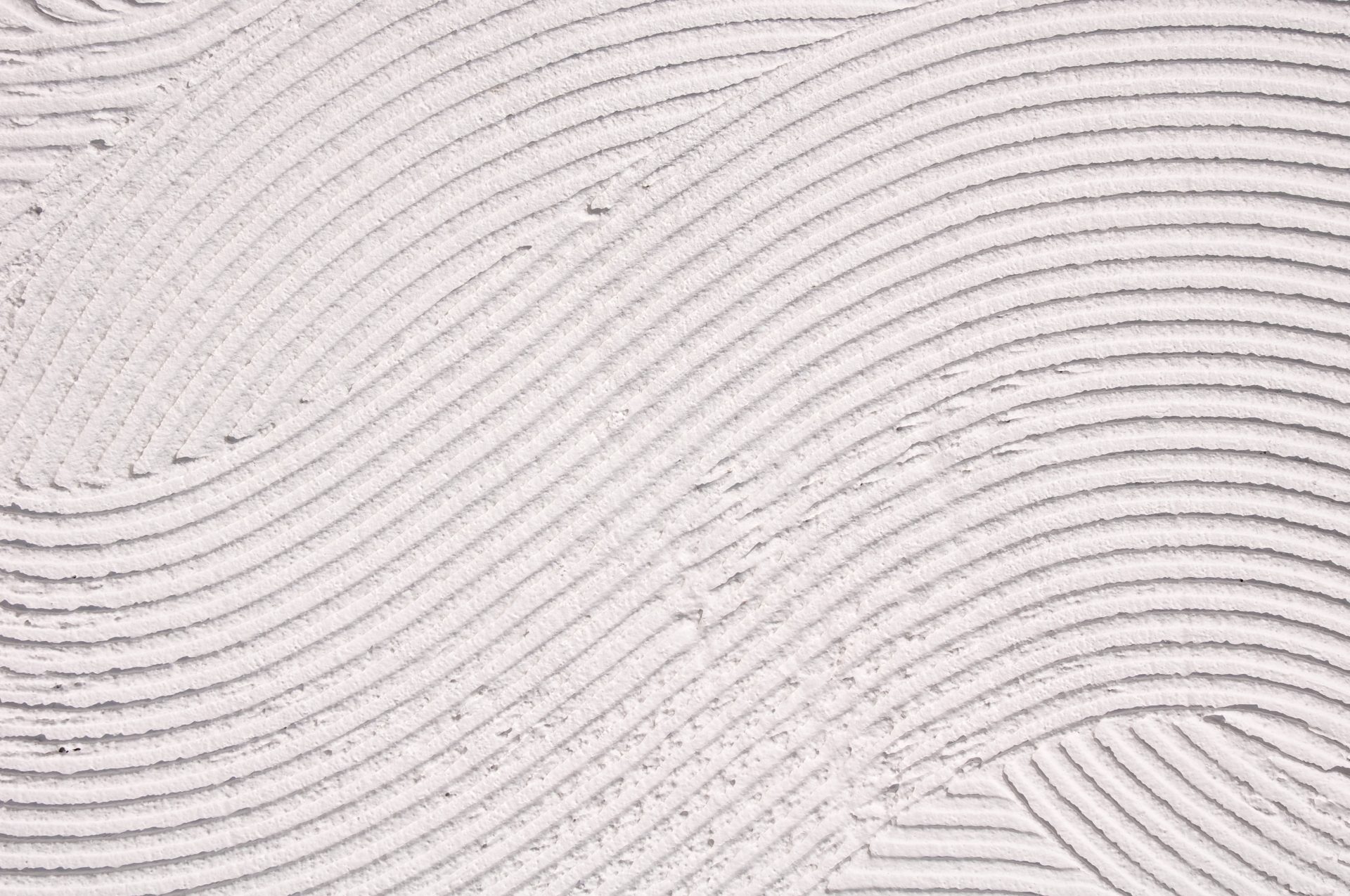

Black History Month is a celebration and a time of recognition for the achievements made by African Americans in our country. Although this recognition shouldn’t just be limited to one month, we want to shine light on the African American architects, who’s accomplishments and groundbreaking success paved the way for the design and construction industries.
As stated by the National Black Chamber of Commerce, one of the richest legacies of African decedents has been construction. From building the pyramids of Egypt to building cities like New York, Philadelphia, Baltimore, and Washington DC, many African Americans were involved in construction during times of slavery. During that time, America relied heavily on the crafts learned by Blacks who passed their knowledge and skills of the trades from generation to generation.
Working to better familiarize ourselves with their contributions and to celebrate their achievements, we want to highlight some of the predominant African American figures in architecture and construction. These individuals brought unique perspectives to the design world and left their mark on this country in a variety of ways.
Source From:

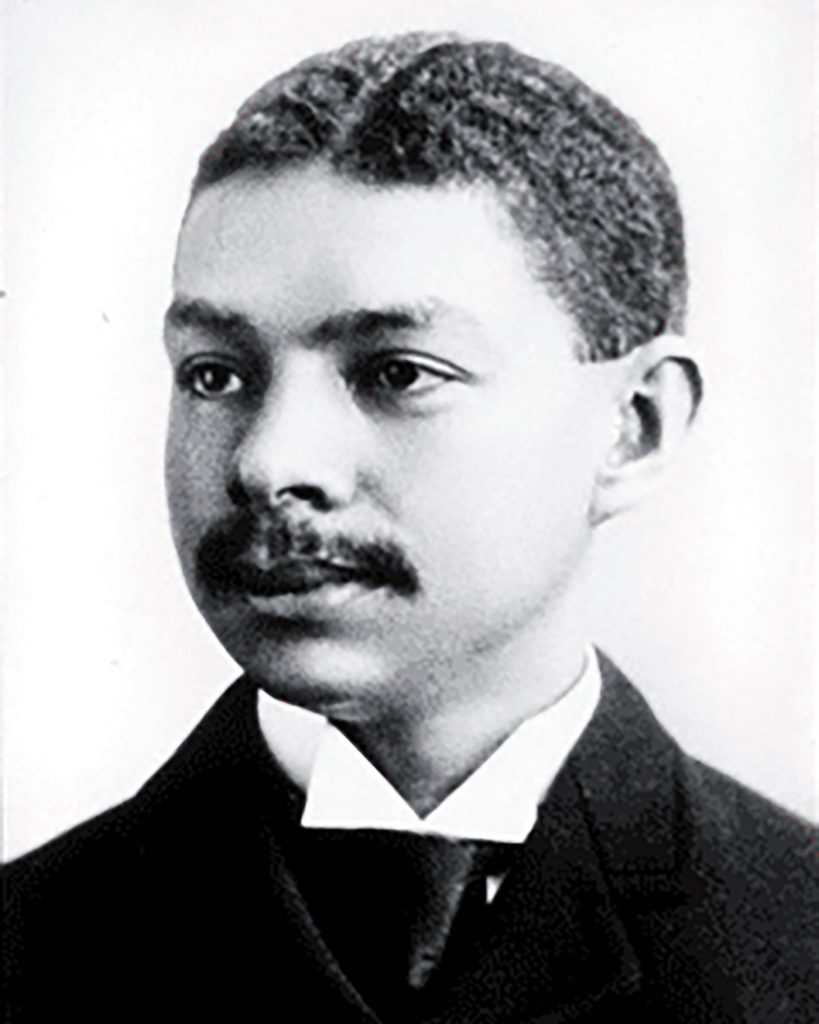
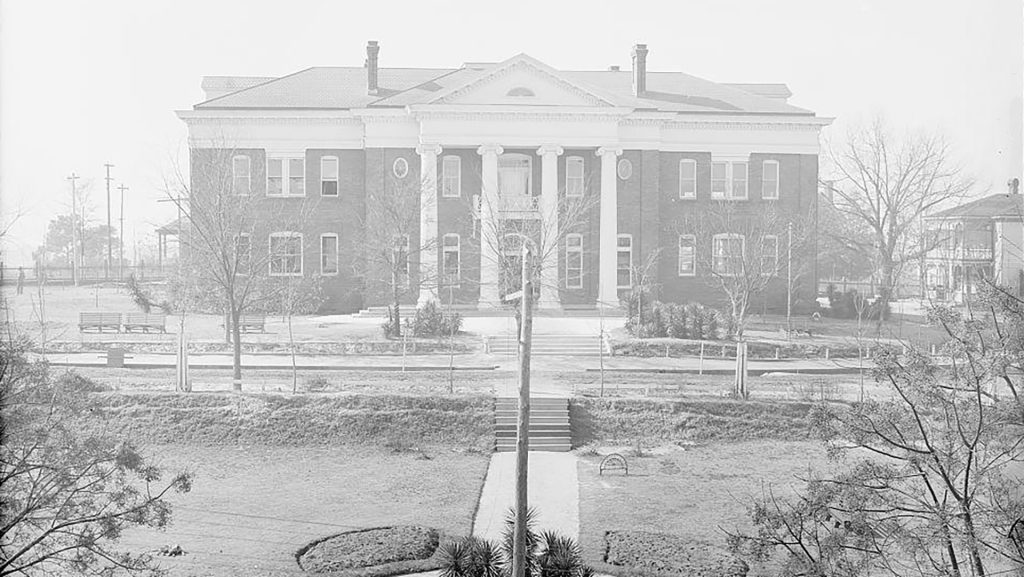
10 Pioneering African American Architects and the Legacy Buildings They Designed
15 Pioneering Black Architects Who Shaped America
Three Influential African-American Architects You Should Know About

With his roots beginning in Philadelphia, Julian Abele began his educational journey at the Museum School of Industrial Art (PMSIA). For two years at the Museum School, he studied architectural drawing. Wanting to expand his knowledge, Abele was admitted to the architecture school at the University of Pennsylvania where he graduated in 1902 as the first Black student. Traveling to Europe provided Abele with an eye and taste for a different style of architecture than he was used to. With his newfound inspiration, he contributed to the designs of predominant establishments such as Harvard’s Widener Memorial Library and The Philadelphia Museum of Art. Abele also contributed greatly to Duke University’s campus, designing more than 30 buildings including its chapel, library, stadium, medical school, and hospital.
Sources From:
10 Pioneering African American Architects and the Legacy Buildings They Designed
15 Pioneering Black Architects Who Shaped America

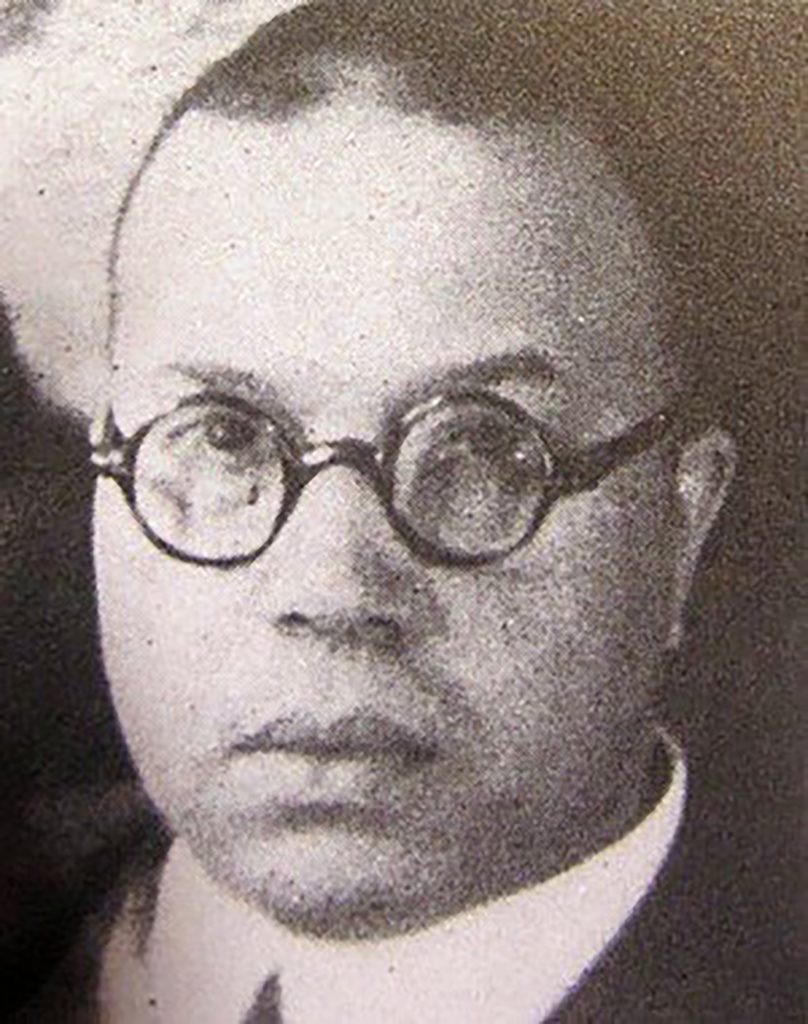
Sources From:
10 Pioneering African American Architects and the Legacy Buildings They Designed
15 Pioneering Black Architects Who Shaped America
Three Influential African-American Architects You Should Know About

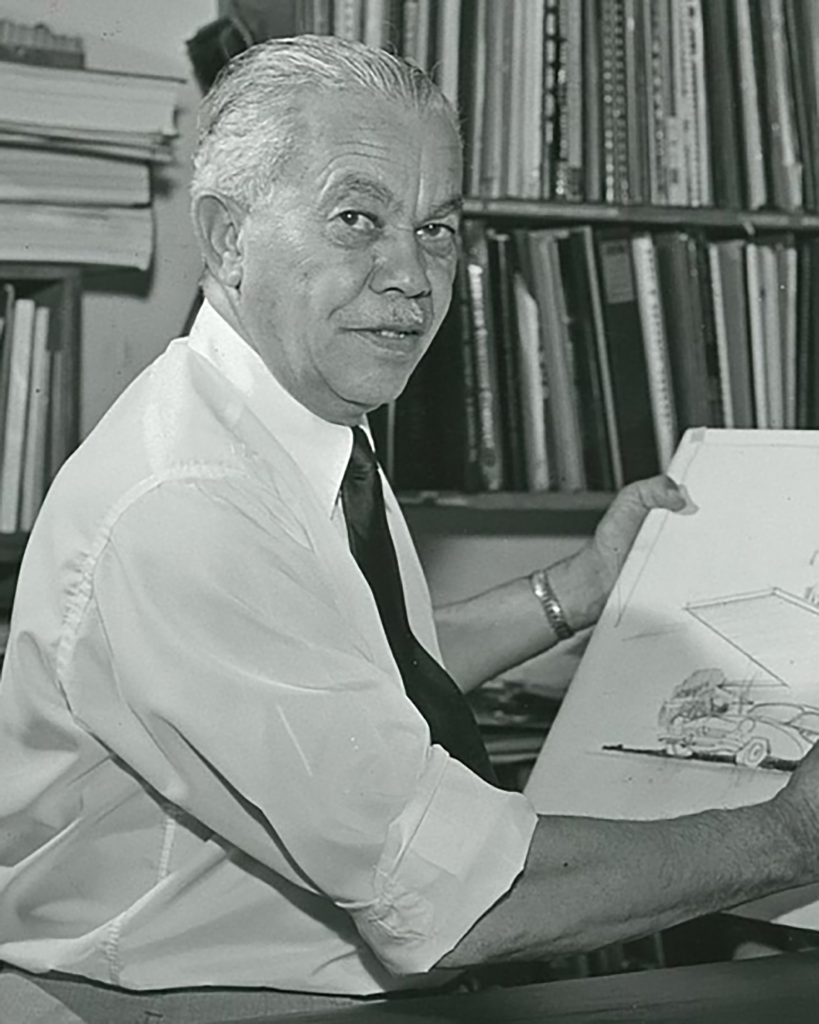
Sources From:
10 Pioneering African American Architects and the Legacy Buildings They Designed
15 Pioneering Black Architects Who Shaped America
Three Influential African-American Architects You Should Know About

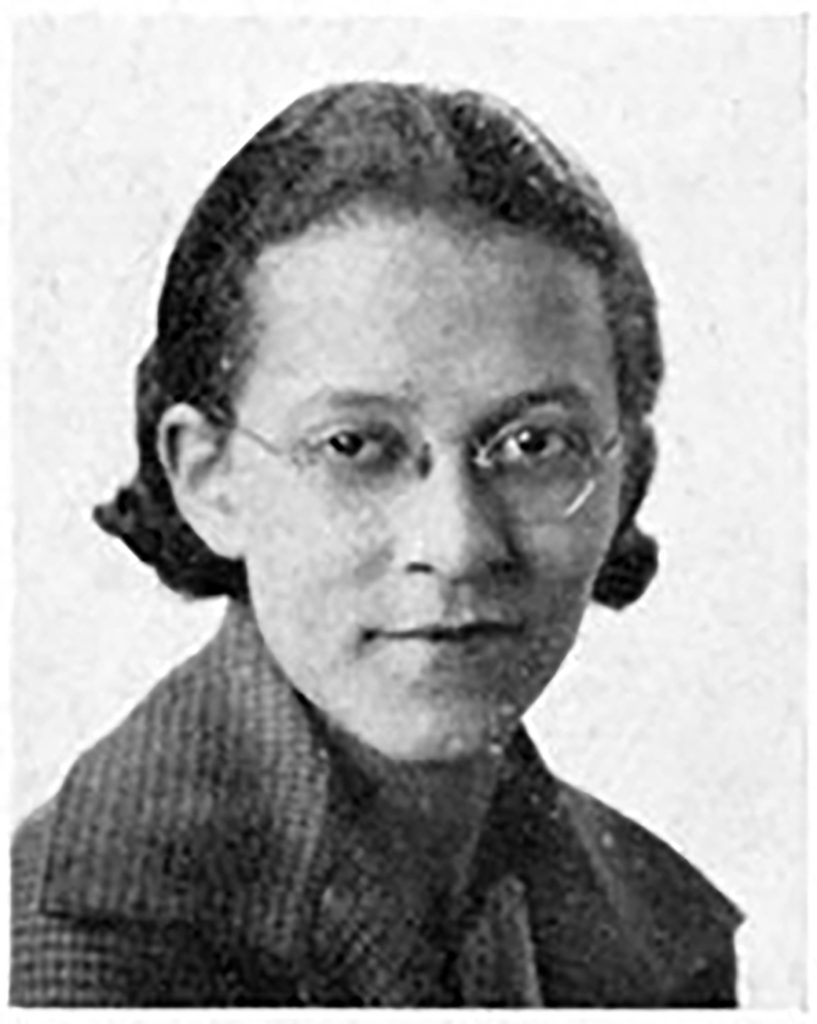
Sources From:
10 Pioneering African American Architects and the Legacy Buildings They Designed
15 Pioneering Black Architects Who Shaped America

Norma Merrick Sklarek made waves in the architectural industry as the first Black female to become a licensed architect in both New York and California. As if this wasn’t impressive enough, she was also the first Black female to become a member of the AIA in 1959. Columbia University educated, her career led her to overseeing major projects like the California Mart and to collaborations with César Pelli that included the Pacific Design Center and the U.S. Embassy in Tokyo. Wanting to work for a firm of her own, Sklarek went on to form Siegel Sklarek Diamon, the largest woman-owned practice in the U.S. at the time. For the rest of her career, she worked as a lecturer and mentor to countless architects, passing on her knowledge and advice.
Sources From:
10 Pioneering African American Architects and the Legacy Buildings They Designed
15 Pioneering Black Architects Who Shaped America

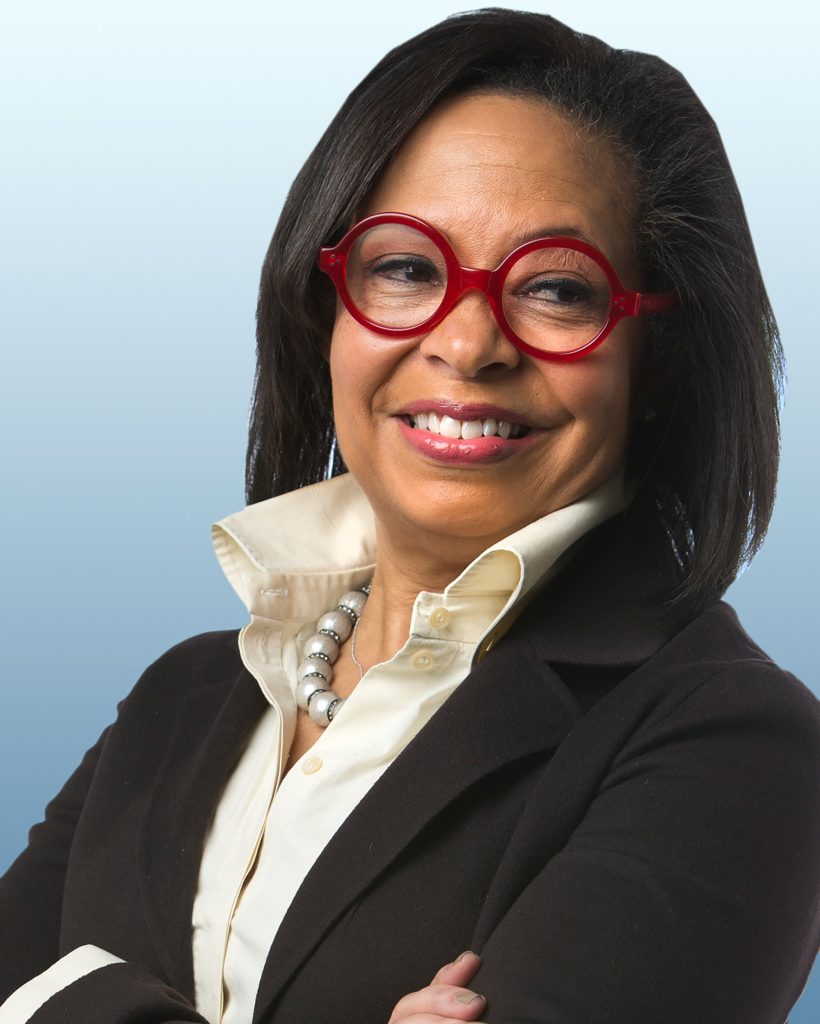
Sources From:
McKiassack McKiassack – Our History
Inside the nation’s oldest African-American-owned, female-run construction management firm
15 Pioneering Black Architects Who Shaped America

At COCOON we want to acknowledge and honor these hard-working Black men and women who made a difference in their communities building environments that we still learn in, worship in, reside in, and enjoy to this day. We are grateful for their contributions to architecture and our society as a whole
This is an image round up post featuring work from various sources. If you do not want your work featured on our blog, please contact us at [email protected]. Thank you!
